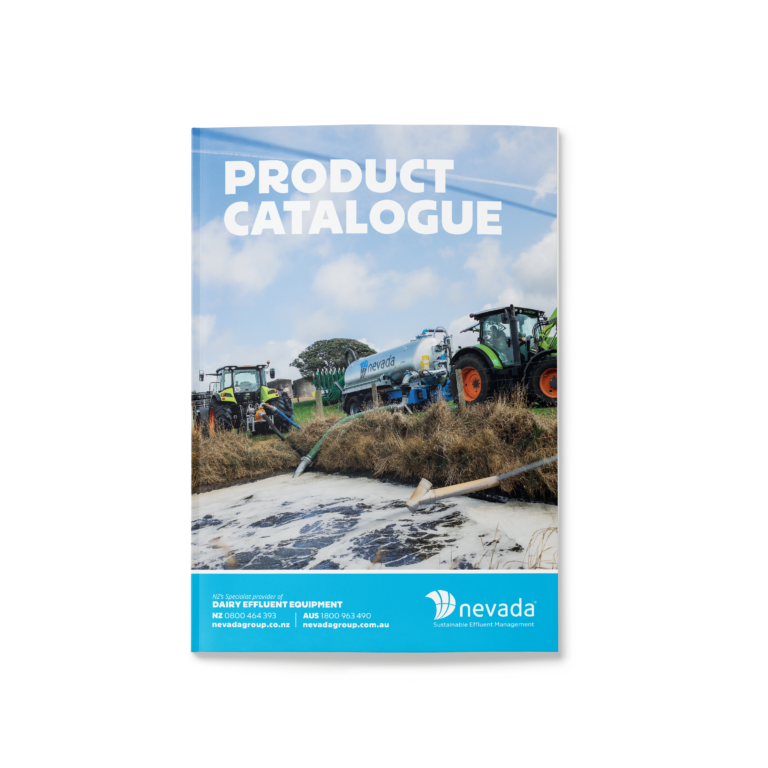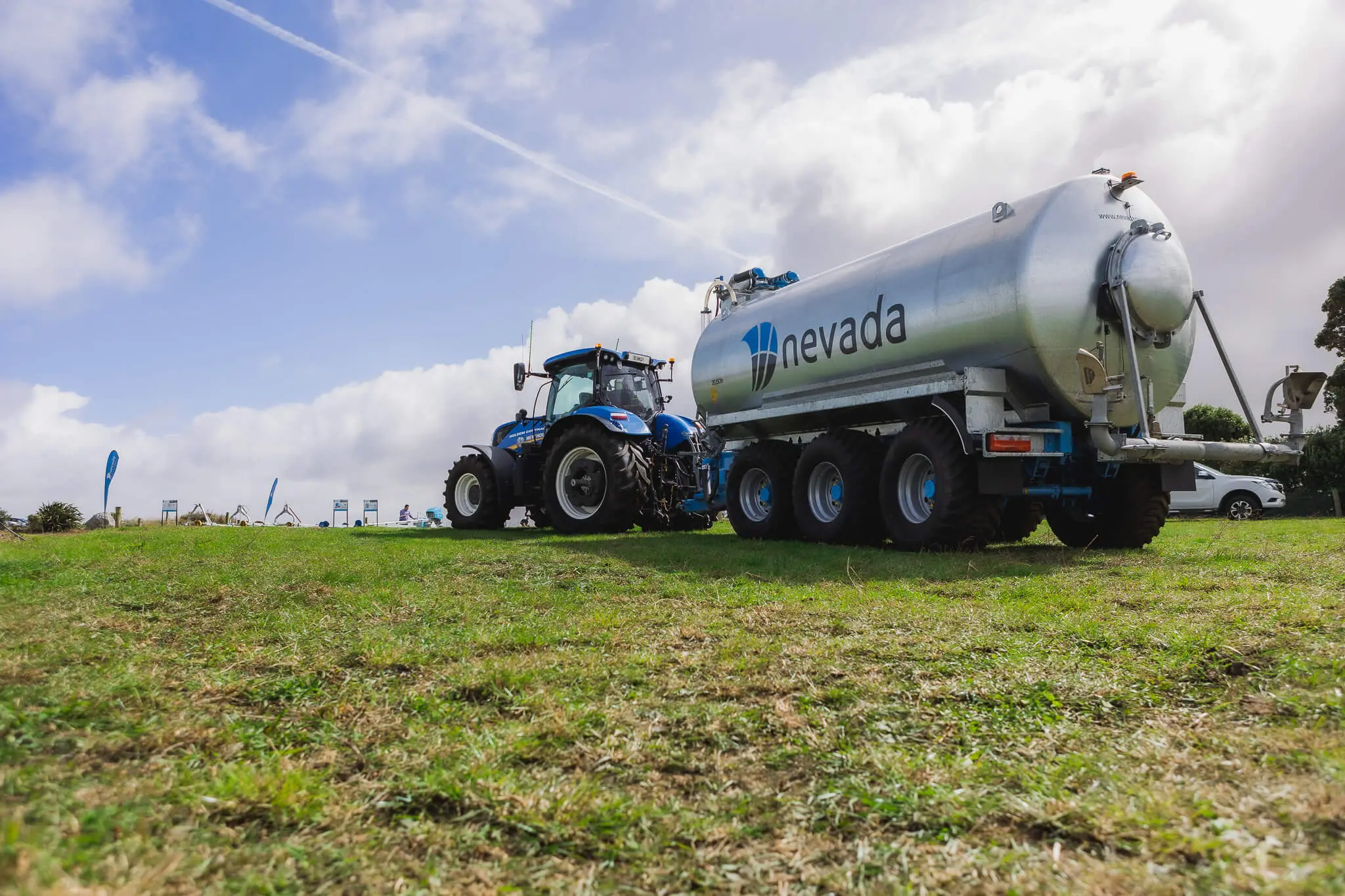- Sustainable Effluent Management
But the good news is that crusting inside effluent bladder tanks is not the same as in open storage. Since the bladder is closed, there is no exposure to air and sunlight, so the solids do not dry out and form a hard crust, and no weeds will grow. However, crust can still form in an effluent bladder.
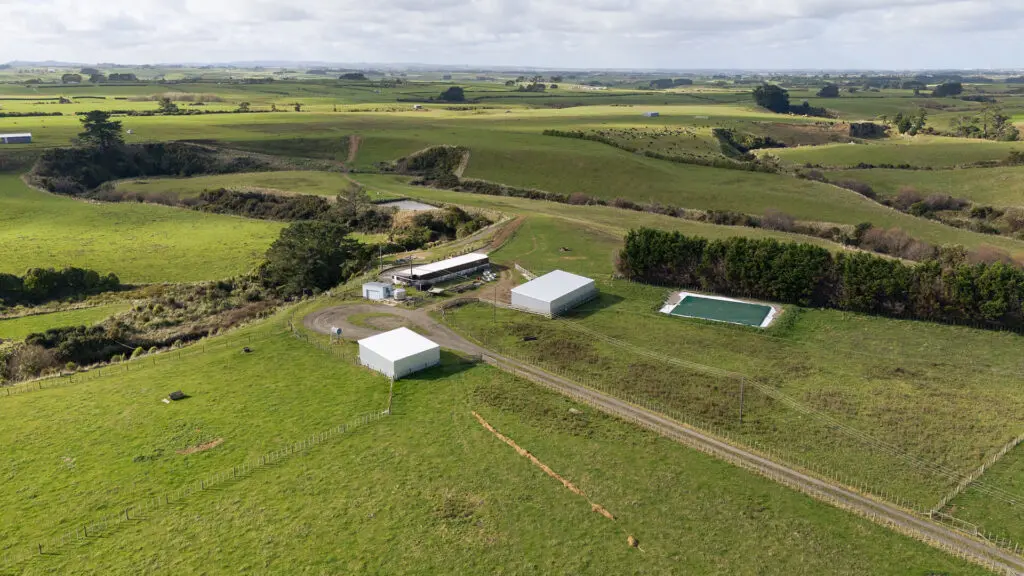
Most commonly crusting occurs in an effluent bladder when effluent is not mixed before the bladder is drained, causing a larger concentration of solids. It can also form when unwanted materials enter the tank and bind the solids. Although the crust is actually more of a thick muck, this can still cause an issue for pumping out. It can cause blockages in the outlets, particularly for bladders where the one central outlet is in the centre of the bladder where the solids can act like a plug in a sink.
To avoid crusting and blockages, it is essential to have and maintain a good stone trap to prevent any unwanted solids from entering the bladder. It should be installed at the inlet of the bladder tank to filter out any debris before it enters the bladder. Alternatively, you may be pumping into the bladder from a sump or pond, in which case the stone trap should do the same for these.
Next, be sure to be mixing the effluent regularly to keep solids in suspension – particularly before pumping. This is done by using a high-volume pump, such as a PTO or small engine pump to re-circulate the effluent. If something has been carried into the tank from being in suspension, then it should be able to be sent out the same way.
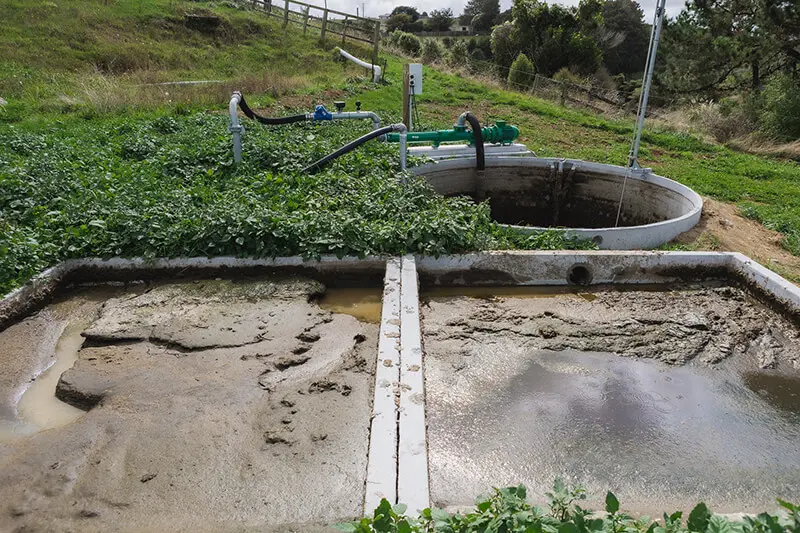
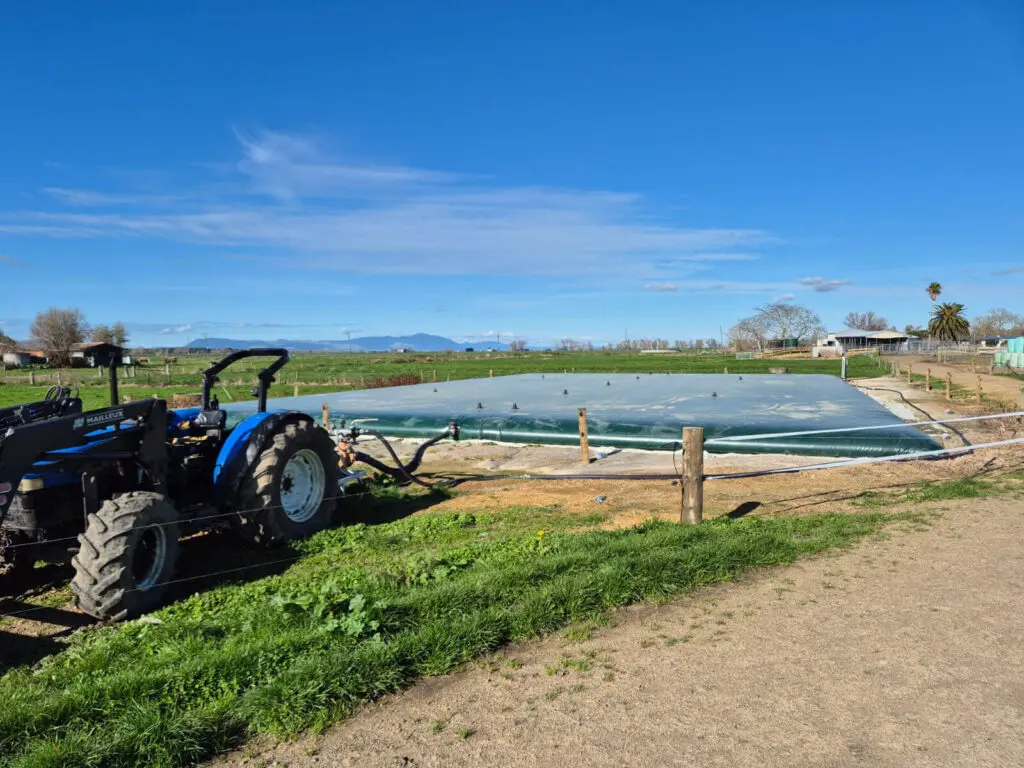
In most cases sticking to those two rules should be enough to prevent crusting, however if a large concentration of solids has formed, you may need to add more water to the bladder before mixing and pumping. The organic matter in effluent should break down naturally, however you can also enhance the process by adding a natural biological treatment like PondBugsTM. These are a blend of beneficial bacteria and enzymes that help to break down organic matter.
"*" indicates required fields
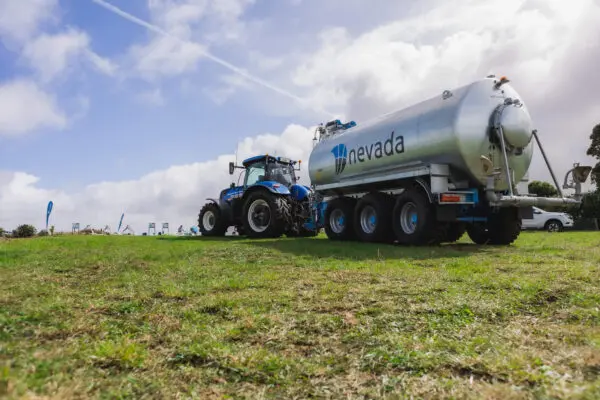
"*" indicates required fields

"*" indicates required fields

"*" indicates required fields
